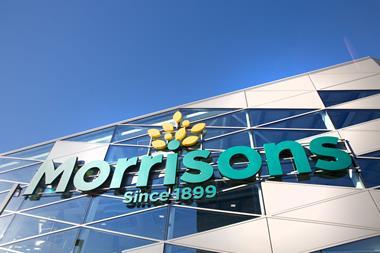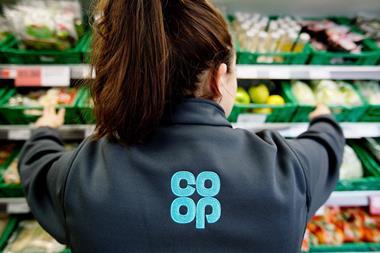
Orange juice is under threat. All the signs are pointing to a significant shortage ahead, which will have an inevitable impact on consumer prices of this post-pandemic health staple. Given the high rate of demand – some 1.4 billion litres of fruit juice and juice drinks were sold in the UK last year [Mintel], and orange juice makes up a large percentage of that – it’s time for suppliers to start being open about the challenges ahead.
Over the past year, we’ve seen devastating orange harvests in Brazil and Florida, alongside the ongoing effects of climate change and supply route disruption. The knock-on effects of conflict in Europe and now the Middle East are also taking their toll on most commodities.
The soaring costs of growing, processing and supplying orange juice began to take effect on both from concentrate and not from concentrate lines last year. In August, The Grocer reported prices across chilled and ambient had risen by as much as 37.7%. By October, the price of orange juice futures were 92% higher than they had been at the start of the year.
In the 30-plus years I have worked in the food and drink industry, I have never seen inflation like this. The situation is now such that few in the market will be able to continue to absorb any more costs, and many will be left with no choice but to pass them on to consumers. That’s at a time when profiteering allegations are rife in the industry.
What the juice industry must now do is make it clear that, far from driving profits up, we’re actually doing all we can to mitigate our own rising costs, maintain supply and keep consumer price rises to a minimum. As businesses, it’s also about ensuring we can achieve long-term sustainability. This means not only offering secure careers for our people, but having financially secure businesses that can adapt and deal with the more volatile industry in which we are all operating.
In terms of how we solve this challenge together, there is no silver bullet. Smaller businesses such as ours are able to be agile and many brands will look at a range of solutions, including reducing packaging sizes, improving efficiencies on-site and maintaining open dialogue with commodity suppliers.
We will need to work together to ensure transparent communication with customers. We must demonstrate the issues and the different methods we are taking to mitigate the impact on already hard-pressed consumers. As this orange juice crisis evolves, with anticipated price increases as a result, it’s important we all understand those price increases aren’t a profit-driving exercise – it’s the only way of keeping orange juice on our breakfast tables.



















No comments yet